How Tariffs Will Impact Clothing and Toy Prices in 2025
U.S. toymakers warned customers of fewer toys and higher prices this year.

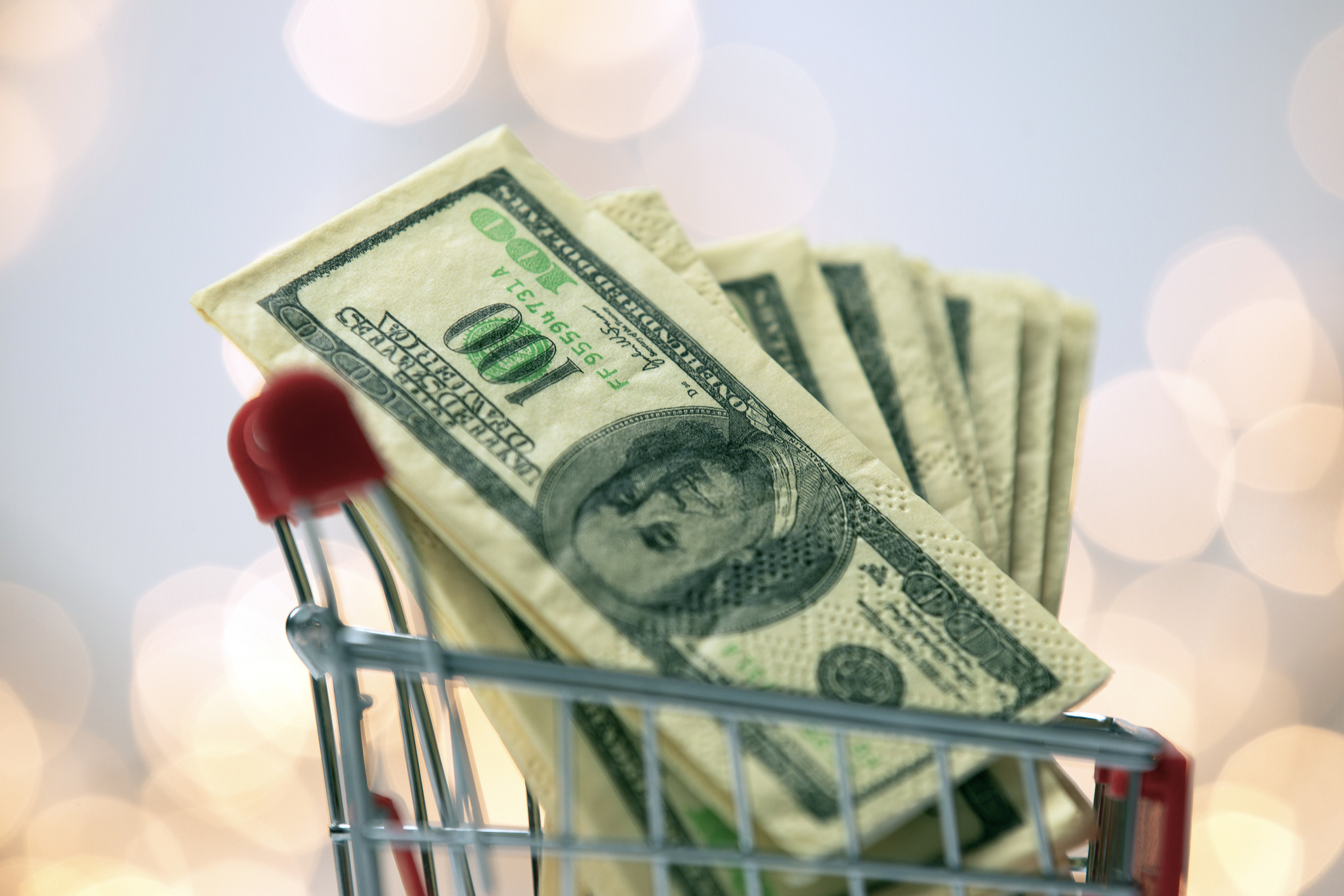
Watch out for price spikes in the grocery aisle or on the retail rack this year as domestic suppliers absorb the administration’s tariffs.
President Donald Trump has slapped tariffs on most trade partners, causing prices of such items as canned goods, car parts and gas to spike. The measure has also impacted online shoppers and small businesses, including vendors on Etsy, as clothing and small items shipped from China also face steep import taxes.
The Trump administration recently agreed to lower tariffs to 30% from 145% on Chinese imports for 90 days, while China’s duties on U.S. imports will be reduced to 10% from 125%.
From just $107.88 $24.99 for Kiplinger Personal Finance
Become a smarter, better informed investor. Subscribe from just $107.88 $24.99, plus get up to 4 Special Issues

Sign up for Kiplinger’s Free Newsletters
Profit and prosper with the best of expert advice on investing, taxes, retirement, personal finance and more - straight to your e-mail.
Profit and prosper with the best of expert advice - straight to your e-mail.
This comes after Trump acknowledged that his tariffs would increase the pricing of goods in the United States, such as your child’s toys.
“Maybe the children will have two dolls instead of 30 dolls, you know?” Trump told reporters at the White House. “Maybe the two dolls will cost a couple of bucks more than they would normally.”
Mattel, the U.S. toy company and maker of Barbie and Hot Wheels, responded with plans to raise prices on American toys due to tariffs on China in its latest earnings call.
Meanwhile, Hasbro, known for toys like Monopoly, also reported that unpredictable tariffs would “translate into higher consumer prices.” Florida-based Basic Fun!, known for selling Care Bears, warned that it had to pause some shipments from China and that toys would soon “disappear” from its store shelves.
According to the Toy Association, nearly 80% of toys sold in the U.S. are sourced from China. A recent survey revealed that nearly 50% of U.S. toy companies could go out of business due to tariffs.
Before Trump took office, toys made in China were exempt from tariffs.
The National Retail Federation (NRF) warned that Trump’s tariff policy would dramatically increase the price of apparel, toys, furniture, household appliances, footwear and travel goods.
Here’s how tariffs can impact your shopping experience this year.
What rising tariffs mean for families in 2025
To narrow down the impact of tariffs, the National Retail Federation selected six common categories of consumer goods to evaluate how the tax can influence price changes.
Apparel, toys, furniture, household appliances, footwear and travel goods account for just 7% of total U.S. imports.
The proposed tariffs on these six categories would reduce consumers’ spending power by $46.2 billion to $78 billion annually. That translates to $362 to $624 per household every year that tariffs are in effect.
The following examples show two of Trump’s earlier tariff proposals:
- The first scenario called for a universal 10% tariff on all imports and a 60% tax on imported goods from China.
- The second proposal suggested a 20% across-the-board tariff on all imported goods, and a tariff as high as 100% on Chinese products.
(For more information on where tariffs stand now, see: What’s Happening With Trump’s Tariffs? New Rates and Trade Talks).
Here’s where prices would rise the most.
You’ll spend more on everyday apparel such as jeans, T-shirts
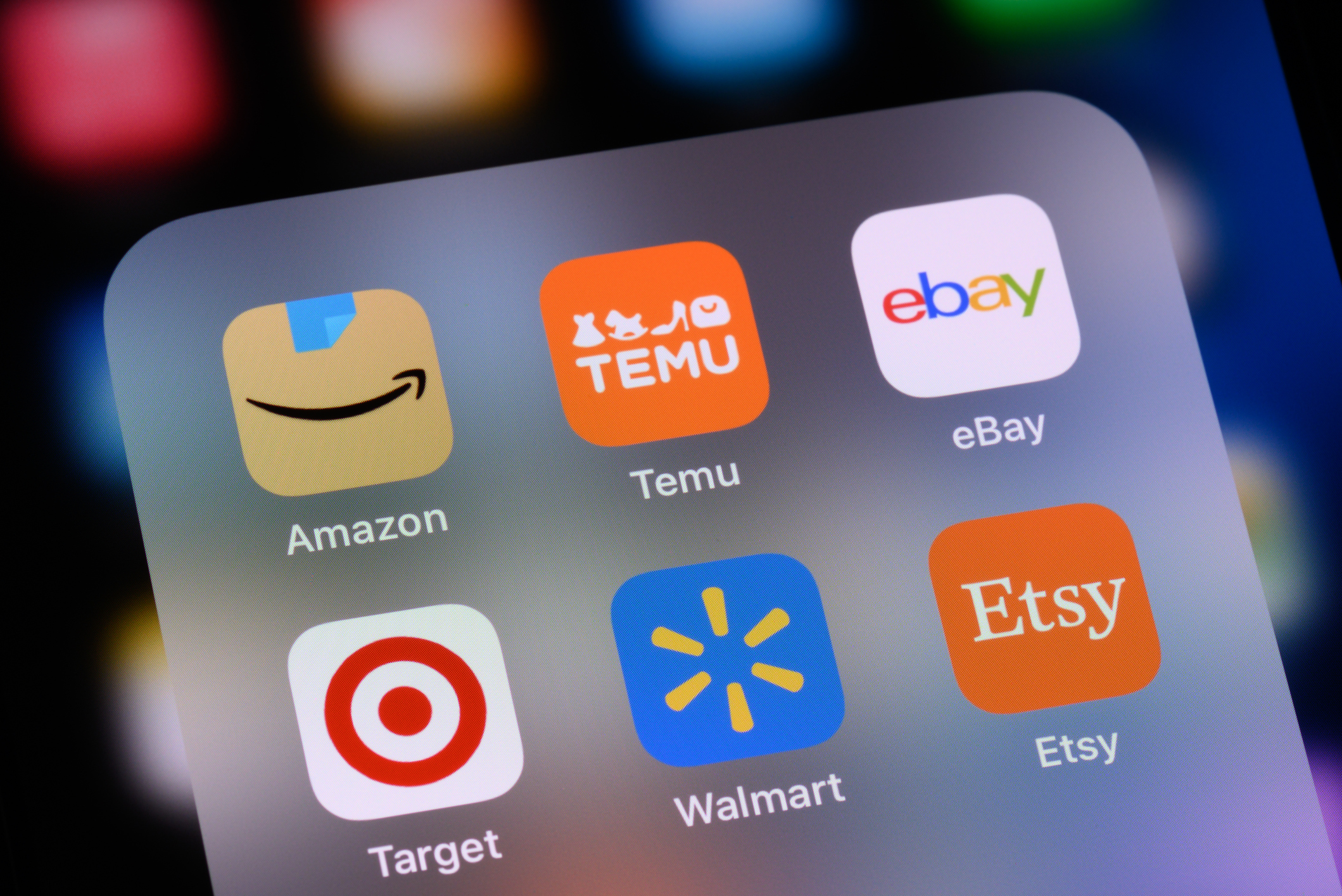
Shoppers have noticed price of apparel increase as tariffs kick in.
Households will spend hundreds more on clothes and furniture under Trump's universal tariff plans, NRF researchers warned.
Households with low incomes could spend three times as much of their after-tax income on apparel compared to wealthier consumers.
To start, U.S. apparel rates (generally, the pricing structure associated with clothing items) are currently 14.7%.
Trump’s more modest tariff proposal would more than double that rate to 37.5%, while the extreme version of Trump’s tariff plan would move the apparel rate to 56%.
Where would you see prices jump? Practically everywhere in retail.
- A $50 woman’s cotton sweater would cost $56 to $60
- A pair of $80 men’s jeans would cost $90 to $96
- Even bundling up for winter would be pricier; a $100 coat would cost $112 to $121 under a new tariff scenario
It’s worth noting that 63% of surveyed U.S. consumers said they supported tariffs on imported blue jeans if that meant it would increase employment and domestic production of jeans.
However, that support turned negative if tariffs were to make jeans $10 to $25 more expensive, according to public policy research organization the Cato Institute.
Shoe prices to climb higher
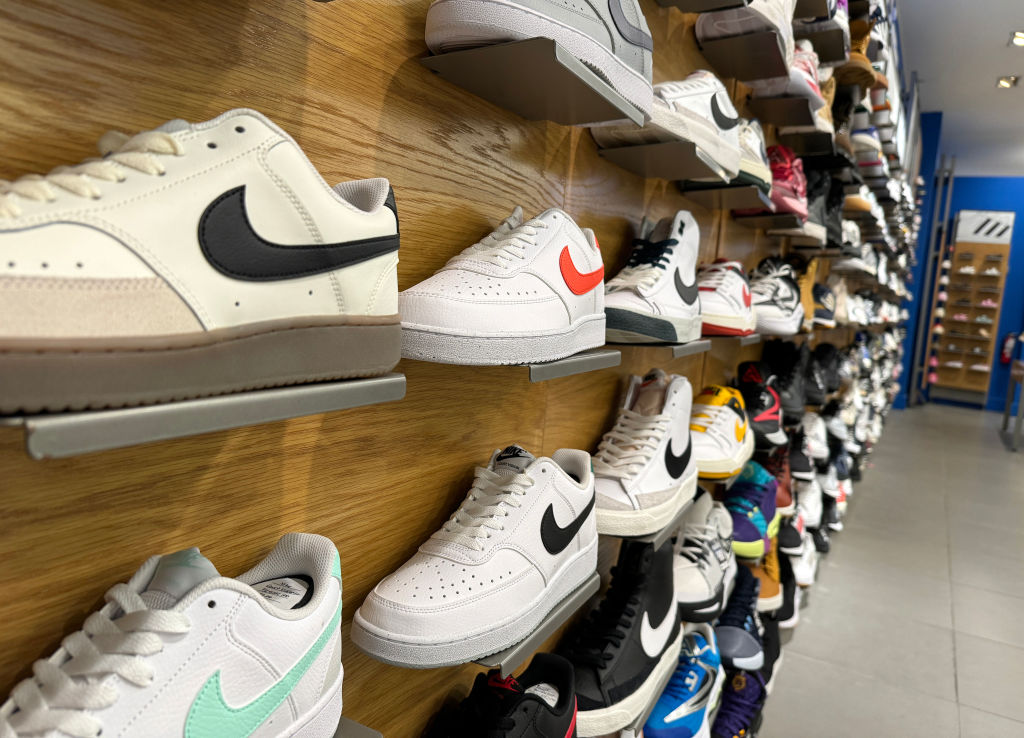
Top U.S. brands like Nike could see prices increase due to tariffs, as about half of its footwear was manufactured in Vietnam last year, per USA Today.
Have your eyes set on a pair of new shoes? According to NRF, footwear prices are projected to jump as high as 29% should Trump’s tariffs go into effect. That means consumers would pay nearly $32 for every new dollar earned by domestic footwear producers.
Before Trump’s tariffs, the average footwear tariff was 11.9%. Under a universal tariff policy, that rate would increase to 44.2% or 69.1%.
Where would you see prices spike?
- A $90 pair of athletic shoes would cost $106 to $116
- A $30 pair of girls’ Mary Janes would cost $35 to $39
- Some $48 women’s slippers could cost as much as $62
Travel goods would also see significant price increases from 13% to 22%. In other words:
- A $119 women’s travel bag would cost $134 to $145
- A $31 backpack could cost $4 to $7 more
Furniture and household item prices are set to spike
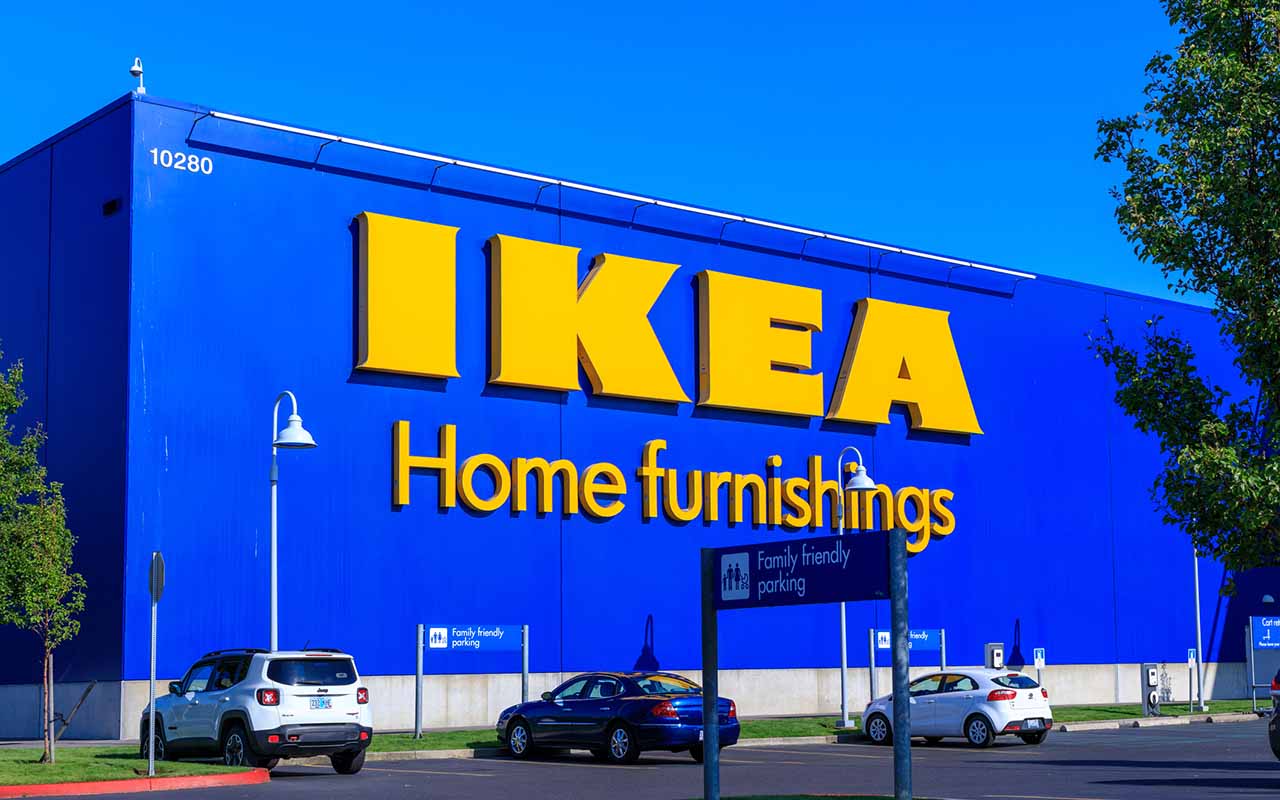
Some international companies like Ikea cited concerns that tariffs may cause an uptick in prices.
If you’re furnishing a new house or apartment, that’s going to cost more, too.
Before Trump’s tariffs, furniture rates averaged 5.4%, mostly on Chinese imports. Raising tariffs on these goods would hike that rate to 32.8% or as high as 54.3%.
How much could prices soar for typical household items?
- A $2,000 mattress and box spring set would cost $2,128 to $2,190
- A $200 crib could cost $13 to $19 more
- A $1,500 mid-tier couch price would jump by $49 to $143
Overall, the additional furniture prices would cost families $8.5 billion to $13 billion annually.
Cost of household appliances will rise further
Before the Trump administration’s blanket tariffs kicked in, U.S. tariffs on home appliances sat at an average rate of 3.7%.
The NRF found that some of Trump’s proposed tariff plans would spike those rates by 38.5% or 65.1%.
These costs would impact everyday appliances such as refrigerators, washers, dryers, food processors, toasters, hair dryers and more.
What does that mean for your wallet? The average price of a household appliance would increase by 19% to 31%. That translates to about $6 billion to $11 billion more in spending for U.S. households. Breaking it down, that means:
- A $40 toaster oven would be priced from $59 to $64
- A basic $650 refrigerator would cost you $776 to $852
Once again, low-income households would be hit the hardest — spending four times as much of their after-tax income compared with wealthier families.
Toy prices could see the largest price spike

According to the Toy Association, 50% of U.S. toy businesses could go out of business due to steep tariffs on imported toys from China.
Shopping for the holidays or a child’s birthday would become more expensive, too.
The NRF warned that toy prices could increase by 36% or 56% under some of Trump’s plans, which could reduce overall purchases by 48% and 61%, respectively.
- A $25 board game would cost $34 - $39
- A $50 tricycle would increase to $68 or $78
- A $17 plush toy would jump in price from $23 to $27
‘Prices higher than many consumers would be willing to pay’
Tariffs on imported goods are paid by domestic businesses, which generally pass the extra cost to U.S. consumers. These measures might increase revenue but would result in less economic activity. They also don’t account for retaliatory measures other countries might place on the United States.
According to experts, Trump’s original plans to impose global tariffs might not be sustainable for everyday consumers as prices of food, gas, clothes, and electronics climb. The revenue gained would not be enough to support subsidizing child care or pay down the national debt, as the president suggested.
“The additional costs associated with [Trump’s] tariff plan would be too large for U.S. retailers to absorb and, when passed on to consumers, would result in prices higher than many consumers would be willing to pay,” NRF researchers argue in the report.
The National Retail Federation expects that the tariff proposals would increase a typical household’s costs by $362 to $624 each year. While tariffs would drive some revenue, consumer spending would surpass those gains, reducing U.S. GDP by up to $50 billion.
“Some consumers would stop purchasing the items and demand would fall,” the NRF researchers wrote.
While the proposed Trump tariffs would inevitably increase domestic production and manufacturing of these retail goods, the result would be more costly to U.S. consumers.
That’s one big factor to keep in mind as you plan your expenses this year.
Related Content
Profit and prosper with the best of Kiplinger's advice on investing, taxes, retirement, personal finance and much more. Delivered daily. Enter your email in the box and click Sign Me Up.

Gabriella Cruz-Martínez is a finance journalist with 8 years of experience covering consumer debt, economic policy, and tax.
Gabriella’s work has also appeared in Yahoo Finance, Money Magazine, The Hyde Park Herald, and the Journal Gazette & Times-Courier.
As a reporter and journalist, she enjoys writing stories that empower people from diverse backgrounds about their finances, no matter their stage in life.
-
 The Rule of Compounding: Why Time Is an Investor's Best Friend
The Rule of Compounding: Why Time Is an Investor's Best FriendDescribed as both a "miracle" and a "wonder," compound interest is simply a function of time.
-
 4 Great Tools to DIY Your Own Financial Plan
4 Great Tools to DIY Your Own Financial PlanSmart Savings Several tools picked out by Kiplinger that DIYers can use to make their own financial plan.
-
 The 7-Month Deadline That Sets Your Lifetime Medicare Premiums
The 7-Month Deadline That Sets Your Lifetime Medicare PremiumsUnderstanding Medicare enrollment is crucial, as missing deadlines can lead to permanent late enrollment penalties and gaps in coverage.
-
 Why Your Summer Budget Feels Tighter: Tariffs Push Up Inflation
Why Your Summer Budget Feels Tighter: Tariffs Push Up InflationTariffs Your summer holiday just got more expensive, and tariffs are partially to blame, economists say.
-
 These Prime Day Deals Also Qualify for Disappearing Tax Credits
These Prime Day Deals Also Qualify for Disappearing Tax CreditsThere are many items for sale during Amazon Prime Day that help make your home more energy efficient and can apply towards tax credits that will expire soon.
-
 5 Treats to Splurge on with Your Tax Refund
5 Treats to Splurge on with Your Tax RefundWant to use your tax refund to splurge on a little something nice this spring? Here are five treats to make the most out of that extra cash.
-
 Holiday Shopping Tax Tips for Business Owners
Holiday Shopping Tax Tips for Business OwnersTax Tips Maximize your year-end savings through these key deductions to reduce your 2025 business tax bill.
-
 Trump Tariff Plan: Which States Would Be Hit the Hardest?
Trump Tariff Plan: Which States Would Be Hit the Hardest?Tariffs Economists warn that the Trump administration's tariff policy would impact prices for consumers across the United States, and certain states would be hit harder.
-
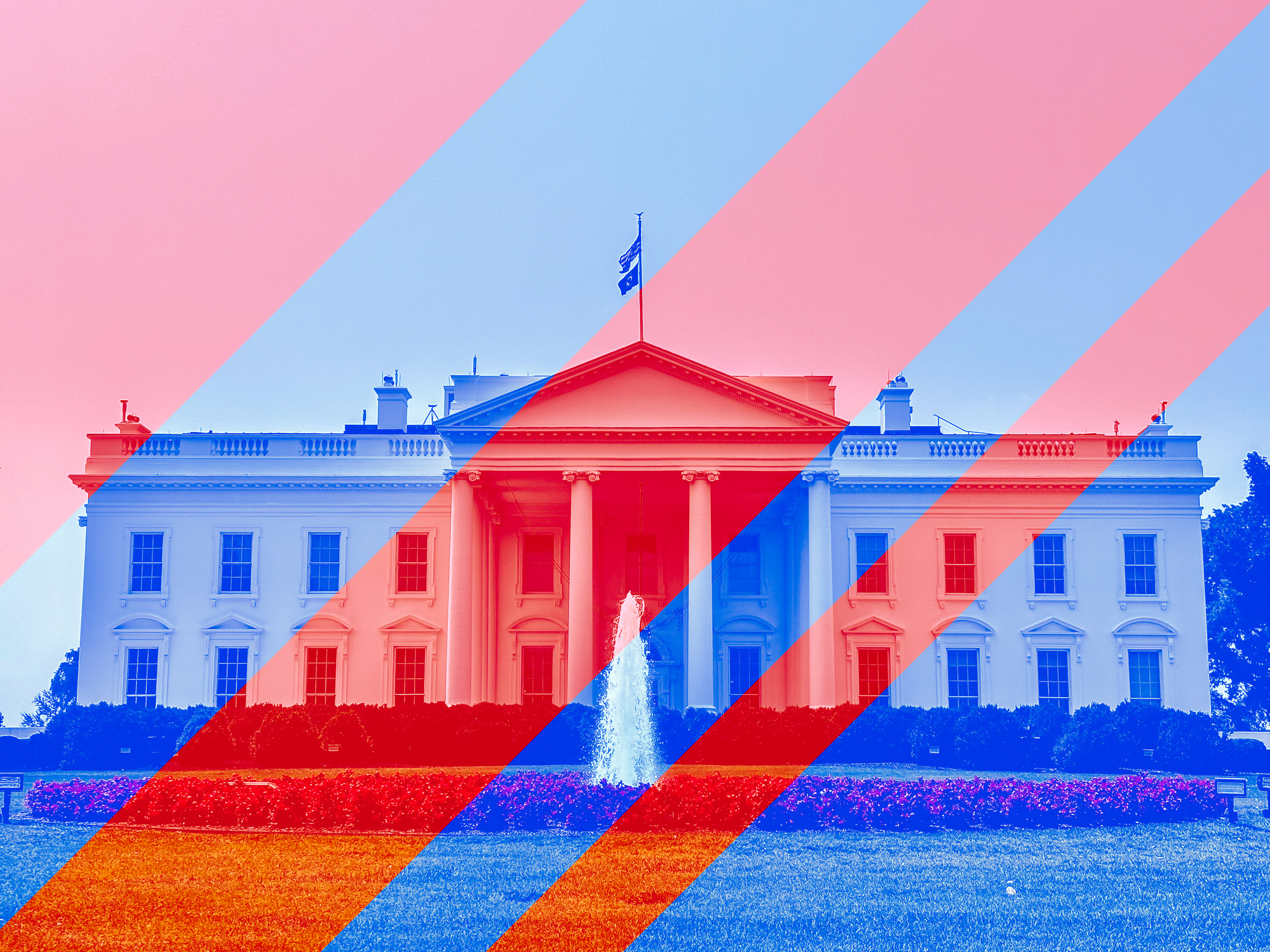 Ballot Initiatives to Know: Kiplinger Election Updates
Ballot Initiatives to Know: Kiplinger Election UpdatesThe latest election updates on what candidates are saying as it concerns people's finances, along with commentary and analysis from Kiplinger experts.
-
 Election Could Reshape Opportunity Zones and 1031 Exchanges
Election Could Reshape Opportunity Zones and 1031 ExchangesTrump and Harris have divergent approaches to qualified opportunity zones and 1031 exchanges. See how each could fare under their administrations.
-
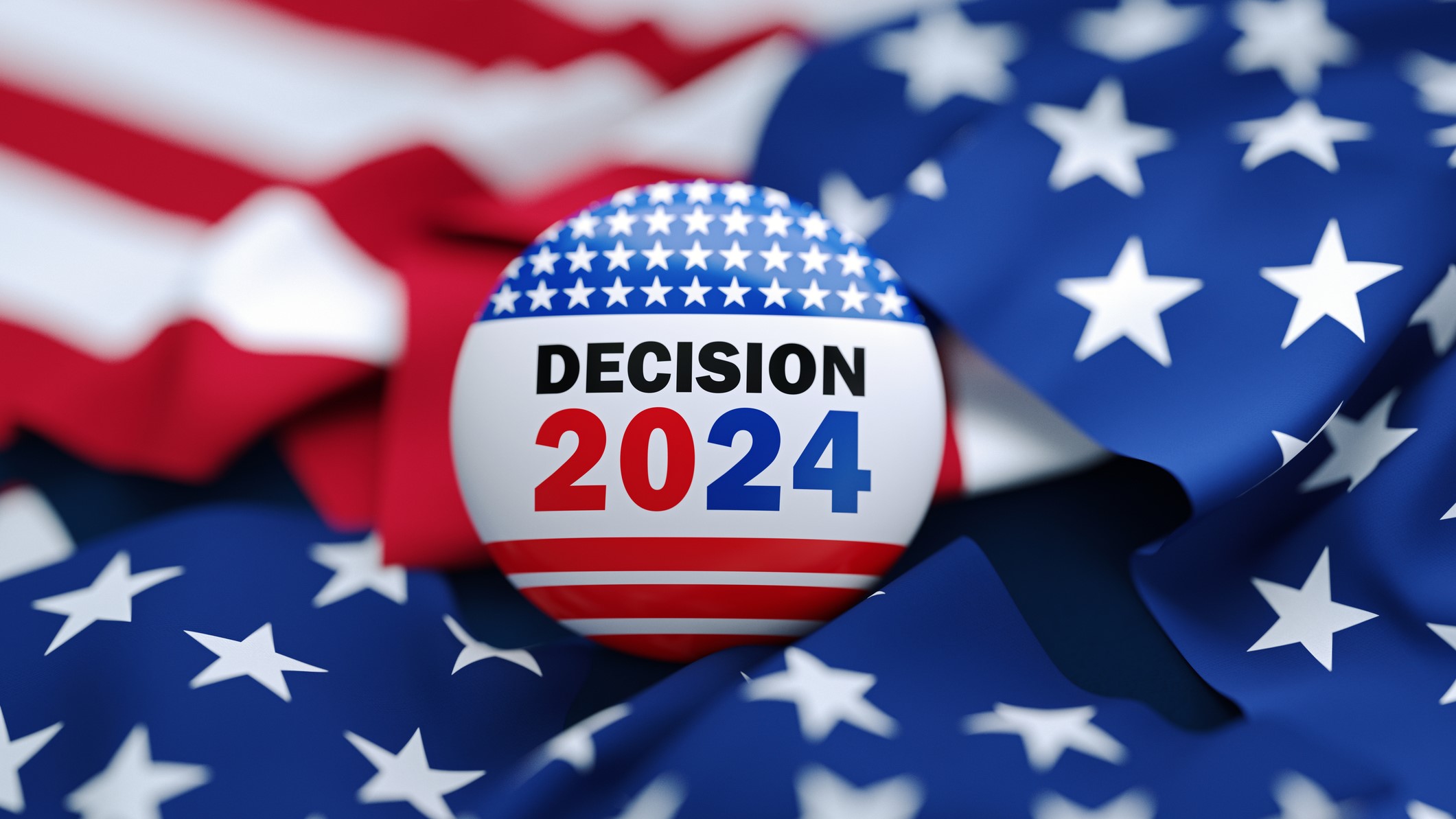 A Look at Kamala Harris's Tax Plans Ahead of the Election
A Look at Kamala Harris's Tax Plans Ahead of the ElectionThe Tax Letter Under Harris's tax proposals, upper-income individuals would pay more taxes, while the middle class and lower-income people would pay less.